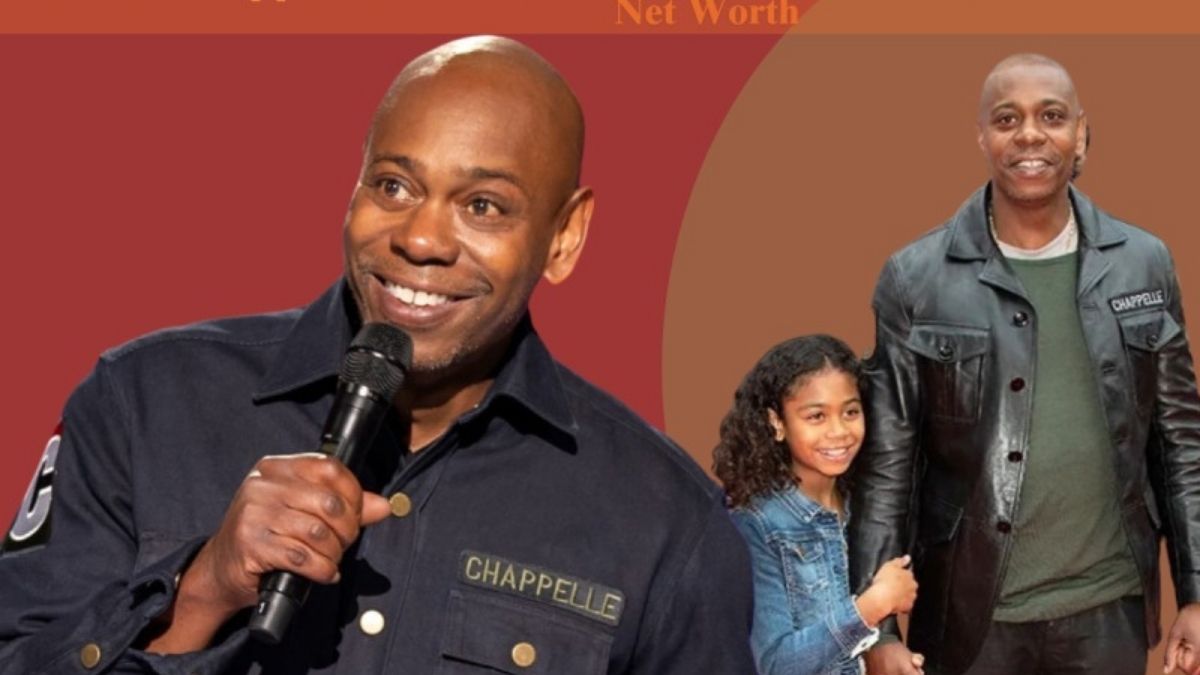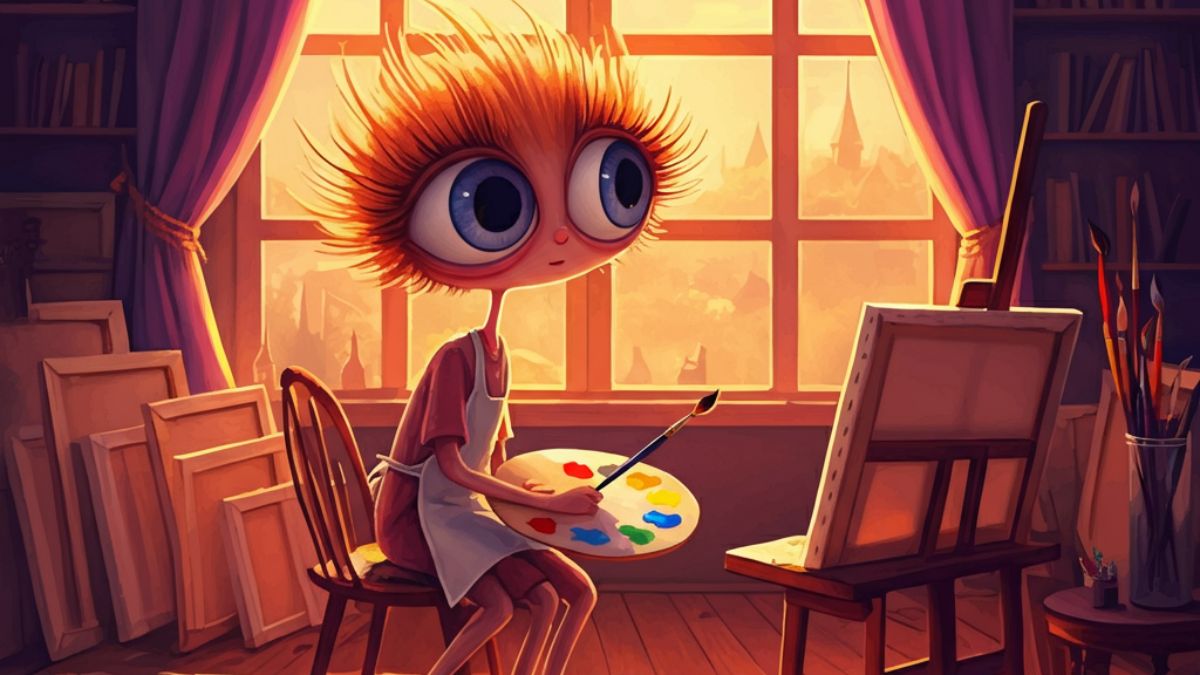Big eyes art has carved a special niche in the art world, captivating audiences with its distinctive style and emotional depth. This genre, characterized by its portrayal of exaggeratedly large, expressive eyes, evokes raw emotion and connects deeply with viewers. But what’s the story behind this art? Who popularized it, and why does it continue to resonate with art lovers today?
What is Big Eyes Art?
this art refers to an art style marked by its depiction of figures with disproportionately large and expressive eyes. These eyes often convey a range of emotions, from melancholy to curiosity, making them a central feature of the artwork. While the style has primarily been associated with portrait-style painting, it has influenced various artistic mediums, from illustrations to digital art.
The unique charm of eyes art lies in its ability to tell a story or evoke emotion solely through the eyes of its subjects. This intimacy creates a connection between the art and the viewer that other styles struggle to replicate.
The Origins of Big Eyes Art
While the art style has evolved over time, the popularization of this art is often attributed to artist Margaret Keane in the mid-20th century. Her paintings of doe-eyed children and soulful subjects captured the attention of the art world in the 1950s and 1960s.
However, the backstory of Margaret Keane’s rise to fame has its twists and turns. Her then-husband, Walter Keane, initially took credit for her paintings, marketing them as his own. It wasn’t until a dramatic courtroom showdown in the 1980s that Margaret proved her rightful ownership of the this art legacy by creating a painting live during the trial. This story was later adapted into the 2014 film Big Eyes, directed by Tim Burton, further solidifying her place as the pioneer of this art form.
Did Big Eyes Art Exist Before Keane?
Although Margaret Keane is credited with popularizing eyes art, similar stylistic elements can be traced back to earlier periods, such as in the works of Amedeo Modigliani, whose portraits featured elongated forms and exaggerated eyes. Even earlier, elements of big eyes aesthetics can be spotted in certain types of folklore art and some styles of Japanese woodblock prints, which emphasize emotional storytelling through facial expressions.
Why Big Eyes Art Resonates with Audiences
this art stands out because it taps into universal human emotions. The oversized eyes often feel like windows into the soul of the subject, making them relatable and evocative. These features have psychological and emotional appeal for a variety of reasons:
1. Eyes as Emotional Focal Points
Eyes are scientifically proven to be powerful emotional indicators. Psychologists have found that humans instinctively focus on the eyes when interpreting facial expressions and emotions. By exaggerating this feature, big eye artists draw our attention and create an immediate sense of empathy.
2. Nostalgia and Whimsy
Many viewers are drawn to the childlike wonder that art evokes. Whether it’s the innocent gaze of a child or the whimsical aura of the characters, this style stirs feelings of nostalgia and charm.
3. Universality
Big eyes transcend cultural and linguistic barriers, making this art style globally appealing. The emotions conveyed through the eyes are universal, enabling people from different cultures to connect with this art on a deeply personal level.
Notable Big Eyes Artists Beyond Margaret Keane
While Margaret Keane is undoubtedly the most famous name, several artists have been inspired by and contributed to the this art movement. Here are a few worth knowing:
Yoshitomo Nara
Japanese contemporary artist Yoshitomo Nara is celebrated for his big-eyed characters that blend innocence with rebellion. His works often feature young subjects with a cartoon-like aesthetic, deepened by themes of loneliness and introspection.
Mark Ryden
Known as the “Godfather of Pop Surrealism,” Mark Ryden incorporates large expressive eyes into his surrealist works. His art blends cute yet eerie imagery, combining classical techniques with modern themes.
Tim Burton
While primarily a filmmaker, Tim Burton’s big-eyed characters in films like The Nightmare Before Christmas and Corpse Bride owe much to the this art tradition. Burton’s distinct aesthetic is heavily inspired by the work of Margaret Keane, whom he openly admires.
Modern Digital Artists
The rise of digital art and online platforms like Instagram and Etsy has led to a wave of contemporary artists creating this art. These creators have adapted the style for the digital age, blending it with current trends in illustration and graphic design.
Big Eyes Art in Popular Culture
The influence of big eyes art extends far beyond galleries. It has found its way into pop culture, fashion, and advertising. For example:
- Anime and Manga: The oversized eyes often seen in Japanese anime and manga draw significant inspiration from big eyes art. This has become a signature feature in the anime world, used to emphasize emotion and character depth.
- Fashion: Tim Burton’s collaboration with designers like Anna Sui and his big-eyed aesthetic has influenced the look and feel of fashion campaigns.
- Merchandise: From postcards to collectible figurines, eyes art has been adapted into countless products for art lovers.
How to Appreciate Big Eyes Art
If you’re eager to explore this art style, here are a few ways to get started:
-
Visit Galleries and Exhibits
Many modern art galleries feature works by eyes artists. Check for exhibits featuring Margaret Keane, Yoshitomo Nara, or Mark Ryden.
-
Watch Movies About Big Eyes Art
Tim Burton’s Big Eyes is an excellent introduction to Margaret Keane and the story behind her art. It provides context for appreciating this unique aesthetic.
-
Discover Digital Artists
Platforms like Instagram and Etsy are brimming with talented artists who create big eyes-inspired works. Support independent creators by purchasing prints or custom commissions.
-
Start Your Own Collection
Whether it’s an original Keane print or a modern digital piece, adding eyes art to your collection is a great way to celebrate this timeless style.
Timeless, Whimsical, and Always Emotional
Big eyes art continues to capture hearts and imaginations worldwide, offering a unique lens into humanity’s emotional complexity. From Margaret Keane’s soulful children to the surreal landscapes of Mark Ryden, this style defies trends and remains a poignant form of storytelling.
If exploring new art styles excites you, don’t stop here—immerse yourself in the community of this art by following current artists online or visiting galleries near you. Who knows? The next piece of big eyes art you discover might just be the window to your own soul.
FAQs
What is big eyes art?
Big eyes art is a distinctive art style characterized by subjects, often people or animals, depicted with exaggeratedly large and expressive eyes. This style became widely recognized through the works of Margaret Keane but has since evolved to include many contemporary interpretations.
Who are the most famous big eyes artists?
Margaret Keane is undoubtedly the most iconic artist associated with this art, thanks to her trailblazing work in this genre. Other notable artists include Mark Ryden, whose surreal and whimsical works draw inspiration from the style, as well as numerous contemporary creators continuing to evolve this emotional art form.
Why are the eyes so central to this style?
The eyes are often considered “windows to the soul,” and in this art, they serve as the focal point to express deep emotions, vulnerability, and connection. By exaggerating the size of the eyes, artists amplify the emotional depth of their subjects.
Where can I find big eyes art?
You can explore this art at galleries, online artist portfolios, or even through prints and collectibles. Websites like Etsy and Instagram are excellent platforms to discover both classic and modern takes on the style.
How can I start collecting big eyes art?
Start by researching artists whose work speaks to you. Begin with smaller prints or digital pieces, and as your interest grows, consider investing in original works. Engaging with online art communities and attending exhibitions can also help you find unique pieces to add to your collection.







